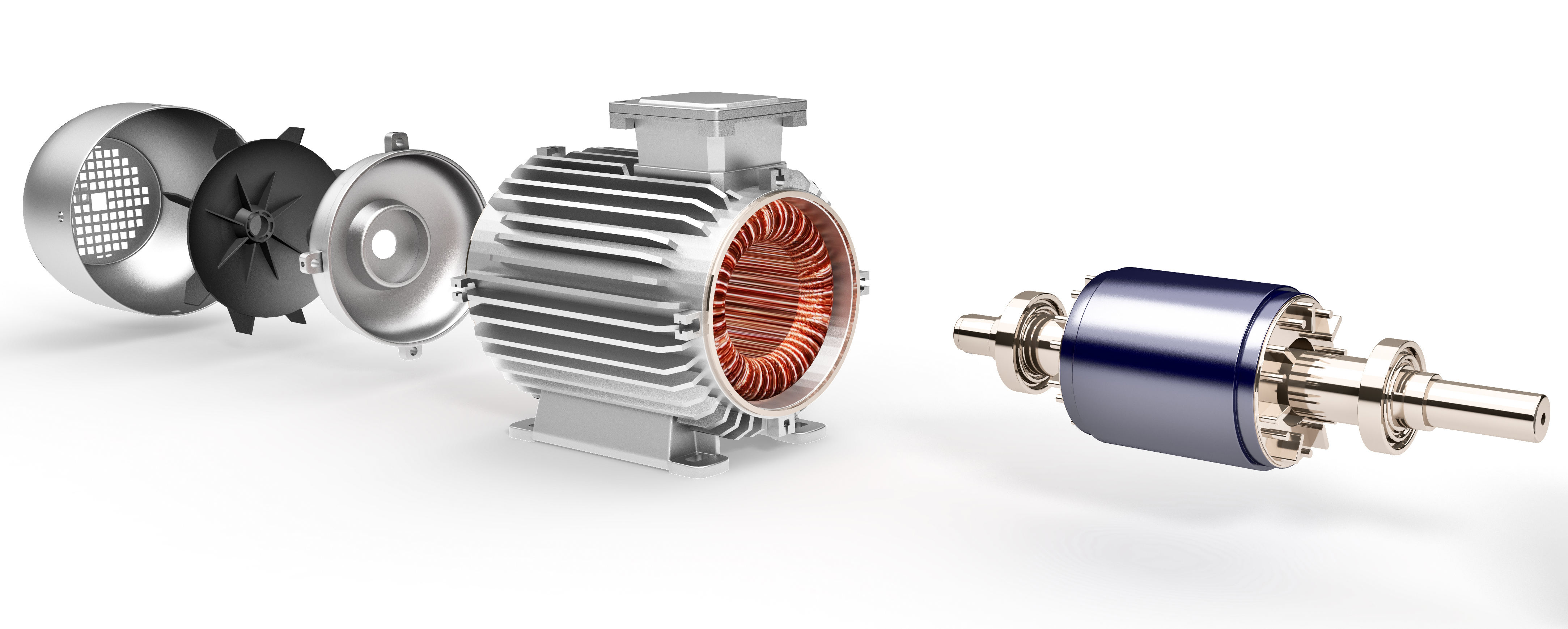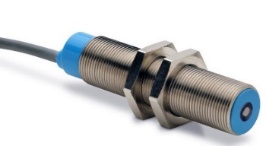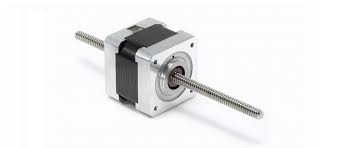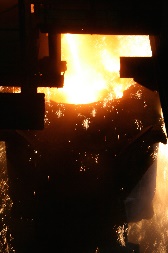SAMARIUM COBALT
It is the first type of rare earth magnet made, it is composed of a Samarium and Cobalt alloy which has good magnetic properties together with a high operating temperature and excellent resistance to corrosion. The materials making up the alloy are ground, mixed and transformed into a magnet using the metallurgical techniques of the powders, similar to those used for Ferrite magnets. The powders are aligned with the application of an oriented magnetic field, then they are compressed and sintered at about 1,100 ° C to increase their density.
Unlike Neodymium magnets, which need high percentages of Dysprosium (Dy) to work at moderately high temperatures (max. 220 ° C), Samarium Cobalt magnets use materials that are more widely available and are intrinsically more stable, allowing them to work at operating temperatures up to 350 ° C. Samarium Cobalt magnets are appreciated in the military, aerospace and electromedical sector and in general should be favored when there are problems related to high temperatures or oxidation in the device.
CORROSION
RESISTANCE
Samario Cobalt magnets have a high resistance to corrosion and generally no surface protection treatment is required. This characteristic together with a good resistance to demagnetization make Samario Cobalt magnets suitable for use in extreme work environments.
HIGH TEMPERATURE
WORKING POINT
Although the Curie point for SmCo magnets is between 750 and 850 °C, the current compositions of this alloy can, depending on the grade, be used up to maximum working temperatures above 350 °C.
HIGH DENSITY
ENERGY
Their production is more expensive because the Smario is a rarer element than Neodymium, but the energy density is comparable to that of NdFeB magnets.
HIGH
COERCIVITY
The coercive force is extremely high and exceeds some other permanent magnets. Cobalt-samarium alloys are difficult to demagnetize.





